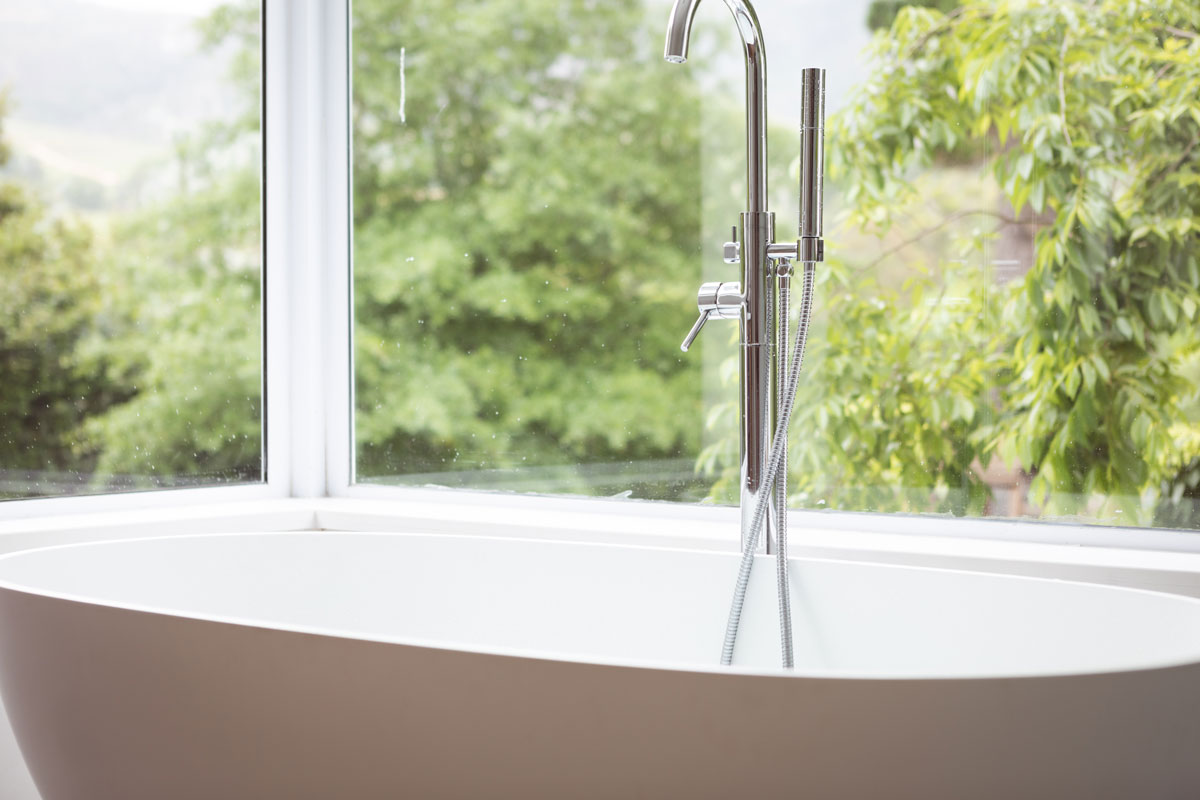In addition to massage, there are other ways for us to relax and release tension.
Massage is generally considered part of integrative medicine. It’s increasingly being offered along with standard treatment for a wide range of medical conditions and situations because it offers plenty of benefits.
Any type of massage or soft tissue release helps improve blood flow and circulation, drain and move stagnant lymph, and remove toxins stuck in the layers between the muscle and the fascia.
However, your massage therapist may not be available sometimes and when you need instant relief, you have to get creative with your soft tissue work. Fortunately, there are many ways you can achieve some muscle relief without having to leave your house.
Take a Bath
Take a hot Epsom salt bath. It can help your muscles relax because adding Epsom salt (made up of magnesium sulfate) takes things to the next level. Magnesium sulfate is a natural muscle relaxant and helps to dilate the blood vessels and get things to flow and relax. Many report that it soothes tired muscles and reduces swelling.
How to do it: Add about 2 cups of Epsom salt per gallon of warm water. More than that can make the water feel slippery. It may also be drying to your skin. Soak for at least 15 minutes. To squeeze even more muscle-relaxing benefits out of your tub time, do some light stretches and self-massage work while you soak.
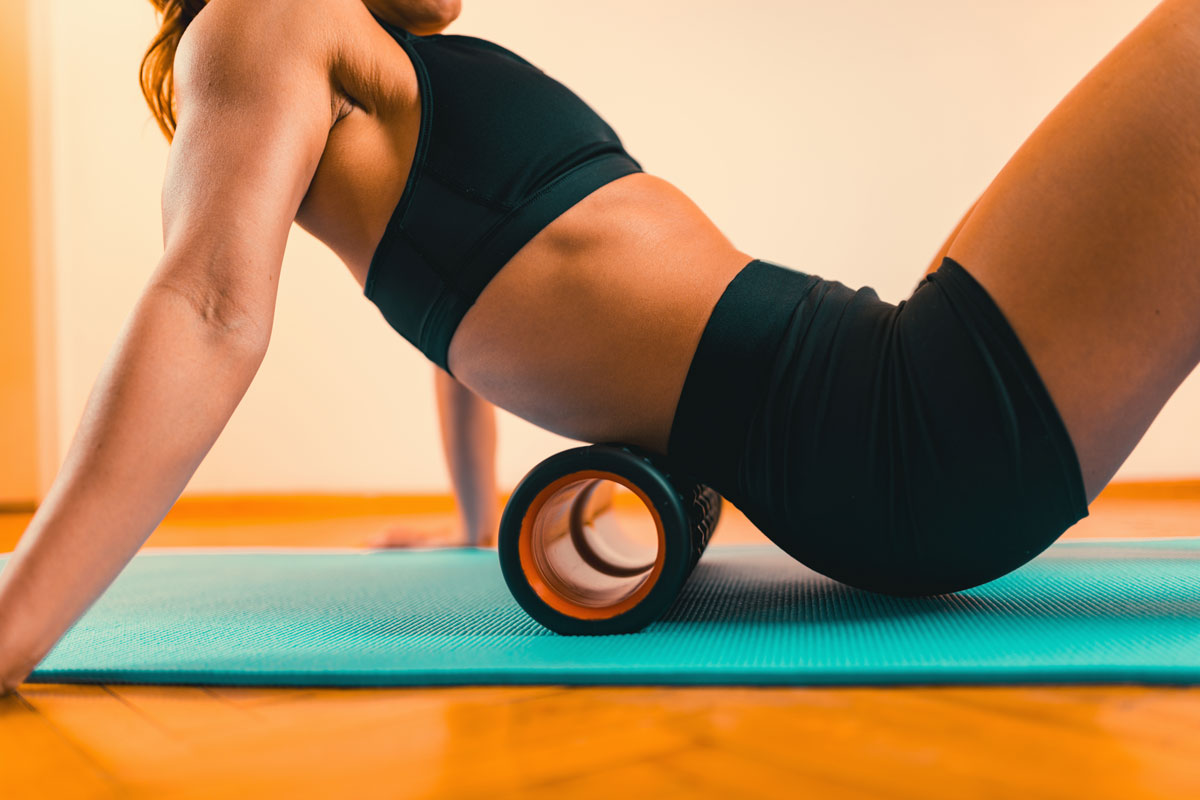
Foam Roll Yourself
Foam rolling is a self-myofascial release (SMR) technique. It can help relieve muscle tightness, soreness, and inflammation, and increase your joint range of motion. Foam rolling can be an effective tool to add to your warm-up or cooldown, before and after exercise.
A review in the International Journal of Sports Physical Therapy suggests foam rolling may also lower delayed-onset muscle soreness (DOMS), the soreness that typically creeps up 12–24 hours after a hard workout.
How to do it: Position yourself on top of a foam roller so you can roll over target muscles. Move yourself back and forth on the roller until the target muscles feel looser and keep the pressure comfortably hard. Foam rolling can be painful, especially if you’re new to it. Pain in a specific area while foam rolling is typically a sign that your muscle or tissue is tight and needs some TLC.
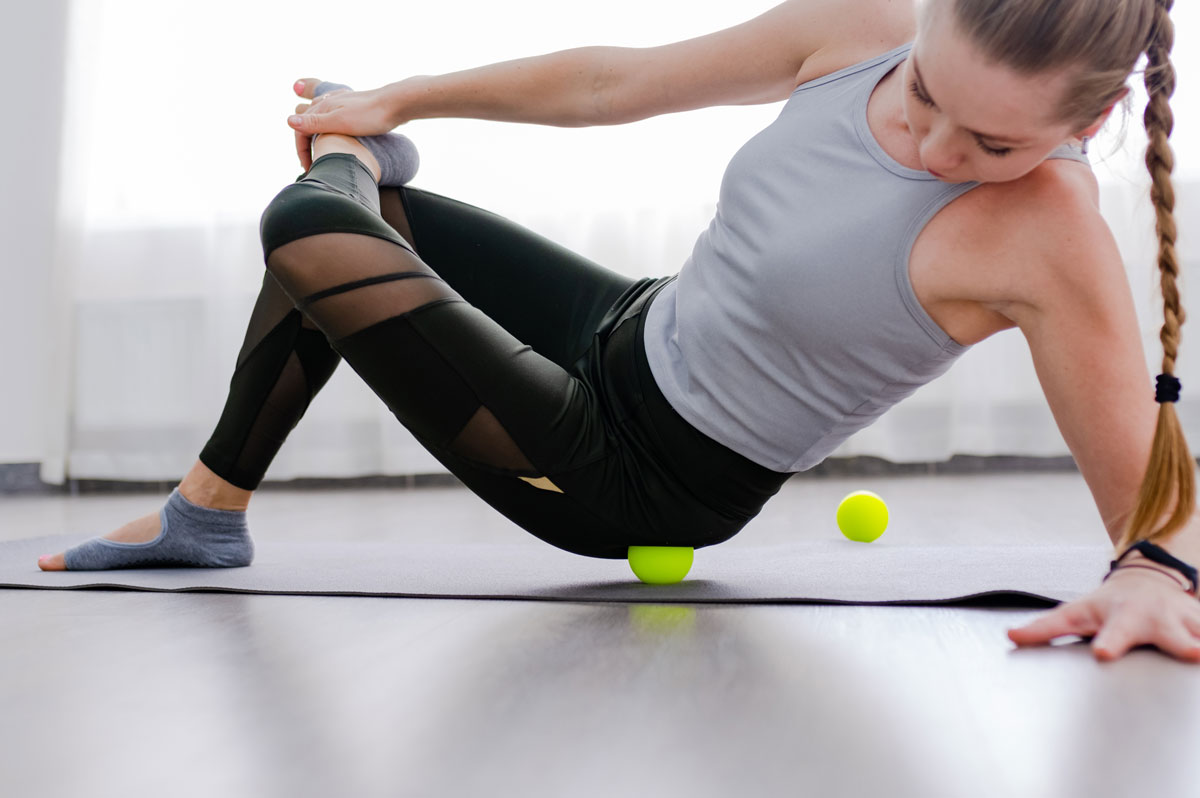
Massage Roller Balls
Like foam rolling, you can use tools like lacrosse, tennis and golf balls to release muscle tension on your own. However, lacrosse, tennis and golf balls can help you target smaller, harder-to-reach spots, like the area beneath the shoulder blades or your forearm.
Regardless of whether you’re at home or in the gym, massage balls are a great tool to help work your aches and pains. They are often a lot cheaper than other rehabilitation tools, and they’re a lot easier to store and transport than similar products like foam rollers.
How to do it: To ease muscle tension and pain, position yourself over a lacrosse or tennis ball and allow the ball to press into the target area. You can also perform small movements on top of the ball (i.e., rolling your hips) to help soften your tissues even more. Instead of rotating the balls, use the ball as a stationary object and simply move on top of that object. Use the ball for a few minutes in each target area, and don’t use the ball on joints or bones. Ease the pressure if you feel any pain in your muscles.
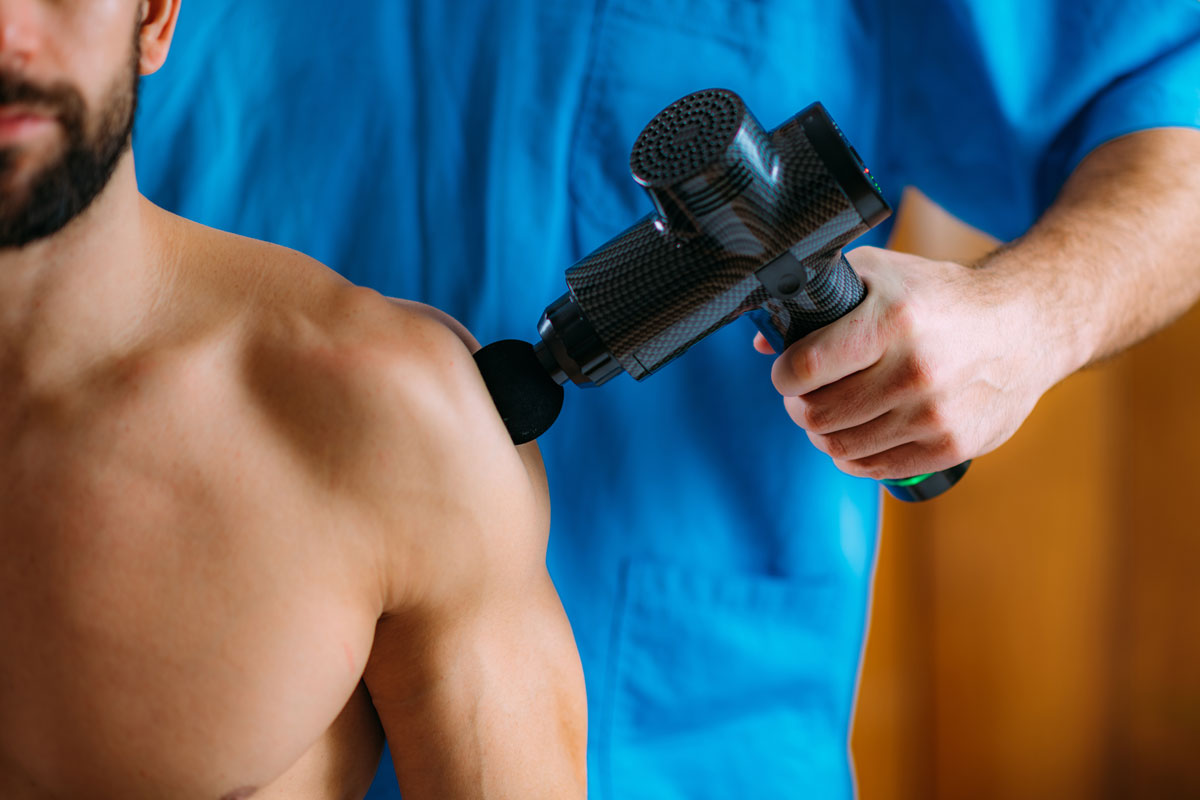
Percussion Therapy
Percussion therapy is a type of massage therapy designed to soothe sore muscles after intense workouts. It involves using a massage gun like the Theragun or Hypervolt to rapidly strike muscle tissue, increasing blood flow for faster recovery, pain relief, and improved range of motion.
How to do it: Use the percussion massager on sore, tight muscles; avoid joints and bones. Use the massager until you feel a change in the muscle tissue (i.e., less pain and discomfort), but for no longer than a few minutes in one area. Usually, there’s an immediate response, and if you don’t get that, move onto another spot. If you work at a muscle for too long, or apply too much pressure, you risk irritating the tissue and hurting yourself.
Experiment with the attachment heads, speed settings and pressure until you find a combination that loosens the tissues without causing any pain.
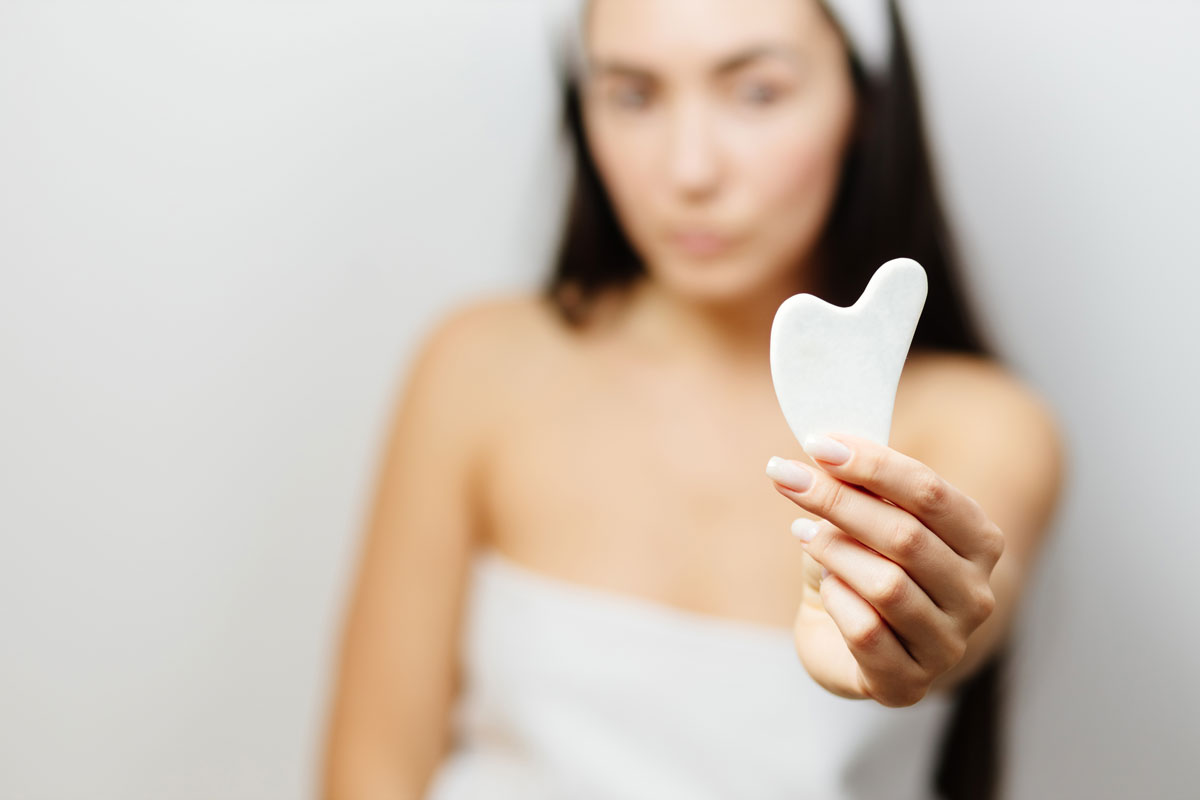
Gua Sha
Gua Sha (also known as cao gio, coining, scraping and spooning) is a traditional Chinese healing method in which a trained professional uses a smooth-edged tool to stroke your skin while they press on it. This motion raises small, red, rash-like dots that show under your skin called petechiae. People use Gua Sha to treat chronic pain all over their body
You can actually practice Gua Sha on yourself. There are scraping tools you can buy, or you can simply use the cap from your vitamin bottle. Just make sure the cap has a smooth, rounded edge; you don’t want to use a cap with a serrated edge.
How to do it: To perform Gua Sha, rub lotion or oil into the site you want to scrape. Then, press the smooth, rounded edge of a spoon or a bottle cap or the edge of the Gua Sha scraping tool into your moisturized skin with moderate pressure, and push it across the site. Push the scraper along the length of the muscle, avoiding joints and bones. Once you’re done scraping, you’ll notice your skin turn red immediately. But don’t be alarmed; redness indicates you’re pulling all the stagnant blood and lymph up to the surface.
Remember that Gua Sha shouldn’t be painful, so ease the pressure if scraping your skin makes you wince.
